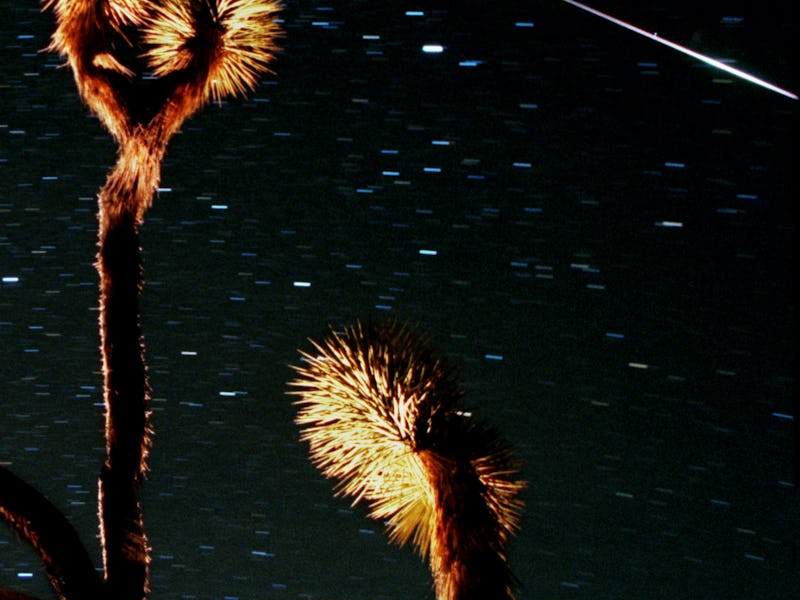Leonids: You need to see November's brightest meteor shower this week
The show can bring sometimes come in as a storm.

The Leonids are a low-rate yet bright meteor shower that still can spark into storms from time to time. In 2022, they peak overnight from Thursday, November 17 to Friday, November 18, and are best visible in the Northern Hemisphere.
The Moon will be quite bright at almost a Full Moon, so be sure to wait until it sets below the horizon to get the best view when the Leonids reach their peak.
WHAT CAUSES METEOR SHOWERS?
The Leonids occur when the Earth slams into a dust stream in space, similar to other meteor showers. The dust is left behind from comets (icy snowballs) or asteroids (space rocks) that shed as the Sun’s gravity pulls upon them.
As the dust hits Earth’s atmosphere, it harmlessly leaves a trail behind up high due to entering at such high speed. The shooting stars or meteors are visible from the ground, and depending on the type of meteor shower, you may get a great show.
Since comets and asteroids were around early in the Solar System’s history, meteor showers remind us that our Solar System has always been a zone of change. Earth is a relatively stable environment in an otherwise quite difficult universe, as far as we can see.
Leo, from which the Leonids radiate.
HOW OLD IS THE LEONID METEOR SHOWER?
It appears that the first reliable observations of the Leonid meteor shower are in the 1800s, particularly surrounding an 1833 event that some today refer to as a meteor “storm.” The Library of Congress reports that some observers saw between 50,000 and 150,000 meteors each hour. By comparison, a more typical Leonid year might see 15 meteors an hour.
The originating space body for the meteor shower is Comet 55P/Tempel-Tuttle, which circles Earth every 33 years; in the year when it’s closest to Earth, we are at highest probability for a meteor storm.
NASA says Comet Tempel-Tuttle was discovered twice independently, in 1865 and 1866 by Ernst Tempel and Horace Tuttle, respectively. The next close approach to Earth should be in 2031.
WHERE TO SEE THE LEONID METEOR SHOWER
The Leonids appear to come from a spot in the constellation Leo. You can use the two pointer stars on the edge of the bowl of the Big Dipper, an asterism within the constellation Ursa Major. (All these names, by the way, refer to the International Astronomical Union’s designations of the area, but your culture may have different monikers.)
Just follow the two stars in the Big Dipper in the opposite direction to Polaris, the North Star, and you should find Leo. But don’t worry too much about finding the radiant. In fact, the longer and brighter meteor trails will be somewhat away from Leo, so prioritize looking there.
For the best chance at spotting meteors, head outside at 2 a.m. local time as far away as possible from light pollution. Give your eyes about 20 minutes to adjust to the darkness and have some red tape or paper handy to place over your flashlight or phone, just in case you want to consult a star map. The red will preserve your night vision.
Bring a lawn chair and some warm clothing and be patient, as you should see a meteor every few minutes on average. The Leonids are worth the wait as they can produce bright, streaking meteors.
LEONID METEOR SHOWER 2022 PREDICTION
The Leonids should have an average showing of 15 meteors an hour in 2022, as long as you’re not in conditions with moonlight washing out the sky. NASA says that of the meteors you can see, often they look quite bright.
“The Leonids are bright meteors and can also be colorful,” NASA writes. “They are also fast: Leonids travel at speeds of 44 miles (71 kilometers) per second, and are considered to be some of the fastest meteors out there.”
WHEN IS THE NEXT METEOR SHOWER FOR 2022?
The next meteor shower will be the Geminids, peaking overnight starting on Tuesday, December 13.